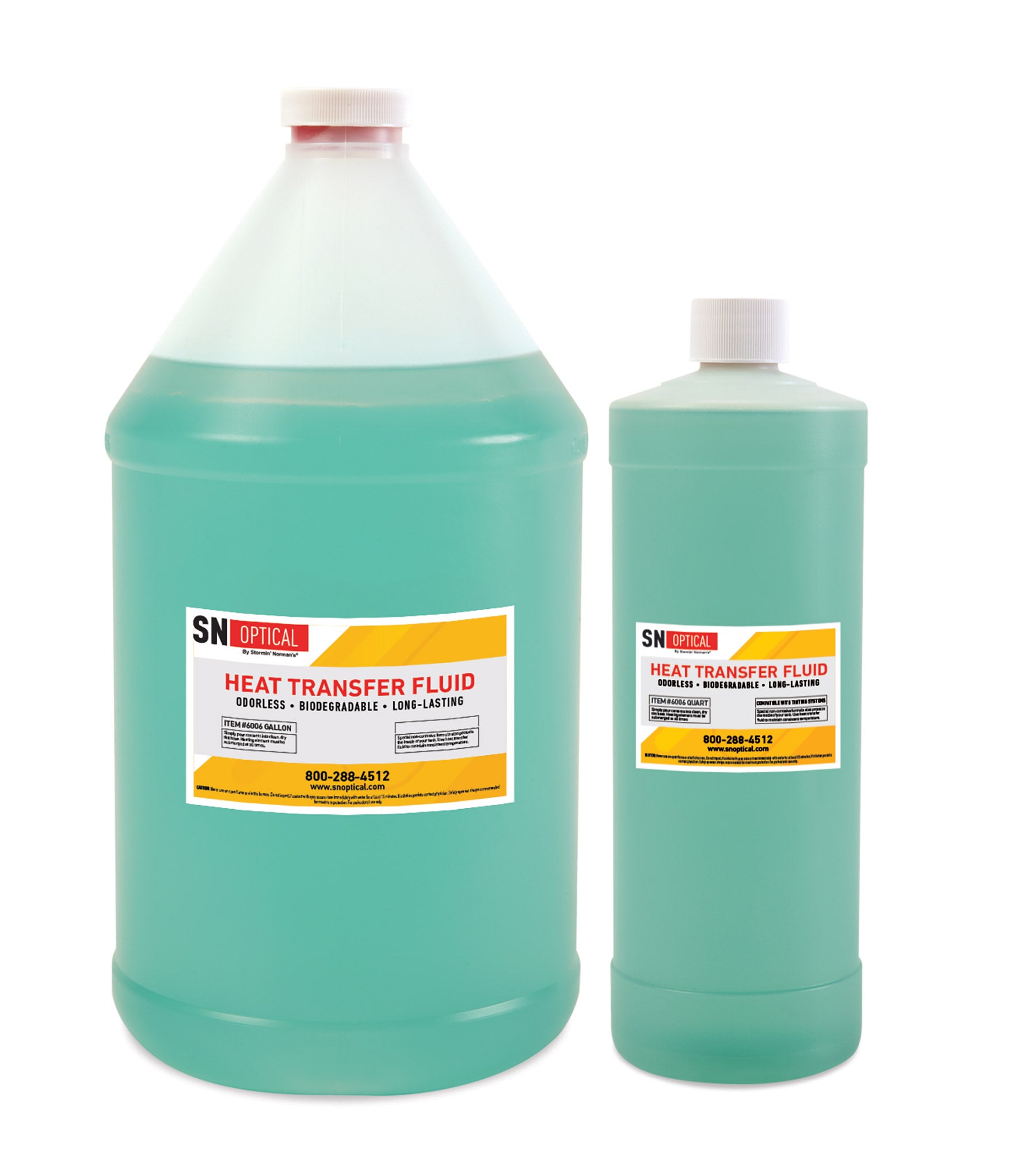Just How Heat Transfer Fluid Influences the Performance of HVAC Systems
Wiki Article
The Duty of Warm Transfer Liquid in Enhancing System Performance and Security
In the ever-evolving landscape of industrial processes, warm transfer liquids (HTFs) arise as pivotal elements in enhancing both system efficiency and safety. These specialized liquids, recognized for their superior thermal conductivity and controlled thickness, make it possible for efficient warm exchange, which is vital for streamlined operations.Understanding Heat Transfer Liquids
Warm transfer fluids, frequently thought about the lifeblood of thermal monitoring systems, play a crucial duty in controling temperature level throughout different industrial applications - heat transfer fluid. Industries such as chemical handling, power generation, and manufacturing count on warm transfer fluids to guarantee tools operates effectively and safely.The selection of a proper warm transfer liquid is important to the success of a thermal monitoring system. In recap, a thorough understanding of warmth transfer liquids is essential for maximizing system efficiency, making certain functional safety and security, and attaining cost-efficient thermal management services.
Secret Feature of HTFs

The certain heat capacity of an HTF defines the quantity of heat energy needed to transform its temperature, affecting exactly how successfully the system can respond to temperature variants. The boiling and freezing factors of HTFs additionally play a pivotal function, particularly in systems revealed to extreme temperatures, guaranteeing fluid security and protecting against phase changes during operation.
Enhancing System Efficiency
To improve system performance with warmth transfer liquids (HTFs), it is vital to integrate a comprehensive strategy that takes into consideration both liquid residential or commercial properties and system style. The selection of a suitable HTF is critical, as its thermal conductivity, viscosity, and specific heat ability straight influence the effectiveness of warm exchange. High thermal conductivity guarantees rapid heat transfer, while optimum thickness assists in smooth flow through the system, minimizing energy consumption. In addition, a high details warm capability allows the liquid to shop and transfer even more thermal power, improving overall system efficiency.Similarly vital is the style of the warm transfer system itself. The surface location and material of warm exchangers need to be optimized to make best use of heat transfer efficiency.
Boosting Operational Safety
Making certain operational safety in warm transfer systems calls for a thorough concentrate on both the buildings of warm transfer liquids (HTFs) and the layout and upkeep of the entire system. HTFs need to possess thermal stability, low flammability, and suitable thickness to minimize dangers such as leaks, fires, and system malfunctions. Selecting the ideal HTF is critical as it figures out the system's capacity to handle temperature level fluctuations without compromising security.The design of the system ought to integrate redundancies and fail-safes to take care of potential risks successfully. This consists of the assimilation of safety and security valves, pressure relief gadgets, and temperature monitoring systems to detect and address abnormalities without delay. Normal upkeep is essential to ensure that all components, consisting of pumps, pipelines, and seals, are working properly and are totally free from wear or corrosion, which could lead to unsafe leakages or failures.
Additionally, employees in charge of the operation and maintenance of warmth transfer systems should be sufficiently learnt safety and security methods and emergency feedback treatments. Consistent training programs and safety drills can dramatically minimize the possibility of crashes, ensuring a more secure working atmosphere. Inevitably, an extensive strategy to security-- incorporating fluid choice, system design, and workforce training-- is crucial for ideal functional safety and security.
Sector Applications of HTFs
Widely used throughout various industries, heat transfer liquids (HTFs) play a vital duty in enhancing the effectiveness and integrity of thermal management systems. In the chemical market, HTFs are indispensable for maintaining exact temperature levels during reactions, making certain product consistency and top quality. They facilitate warm exchange procedures in activators, condensers, and heat exchangers, thus maximizing power use and lessening waste.In the oil and gas field, HTFs are employed in both upstream and downstream operations. They handle temperature level in exploration operations and improve performance in refining procedures by providing steady thermal conditions. This causes her latest blog lowered downtime and enhanced safety, especially in important operations such as distillation and splitting.
The sustainable energy sector additionally profits significantly from HTFs, particularly in focused solar energy (CSP) plants. Below, HTFs move caught solar energy to power wind turbines, allowing efficient electrical power generation. The pharmaceutical industry counts on HTFs for specific temperature level control in both synthesis and storage space, making sure product efficacy and safety.


Furthermore, the food and beverage sector makes use of HTFs for pasteurization, sterilization, and cooking procedures, improving both product safety and security and production efficiency. Throughout these markets, HTFs act as crucial elements in maintaining optimum functional performance and safety and security.
Final Thought
Warmth transfer fluids are important in boosting industrial system performance and security by offering high thermal conductivity, optimum viscosity, and thermal security. Appropriate option and maintenance i was reading this of HTFs boost warm exchange efficiency, consequently increasing functional efficiency. The reduced flammability of these fluids check that is crucial for lessening risks and making certain risk-free procedures. Comprehensive workers training and regular maintenance better support the integrity and effectiveness of commercial processes, strengthening the vital duty of HTFs in diverse applications.Report this wiki page